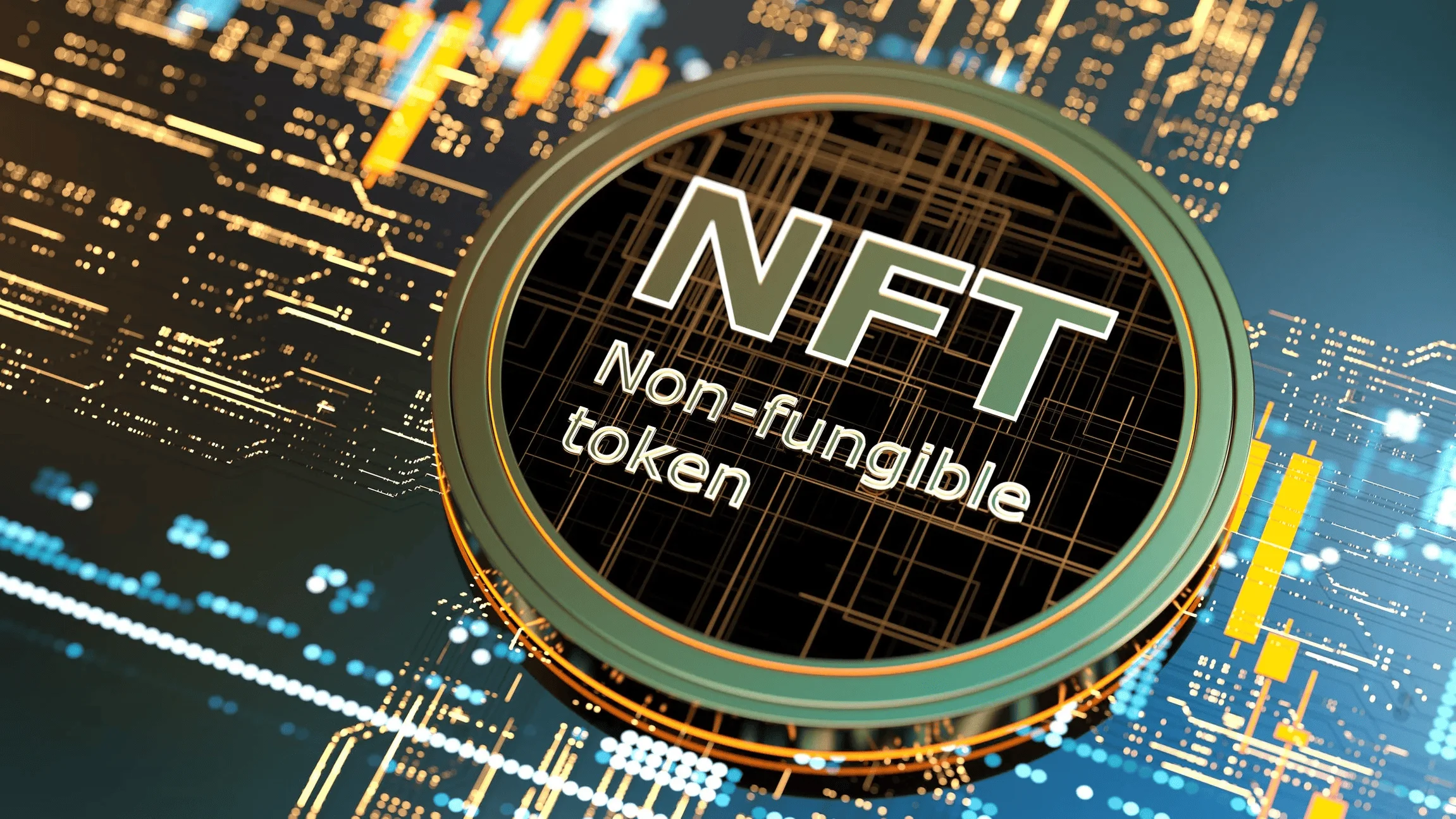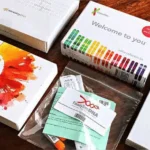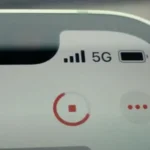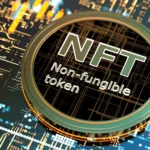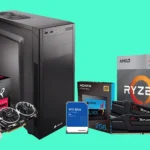NFT art has become a buzzword in the digital world, revolutionizing how artists create, sell, and own their artwork. In 2024, NFTs (Non-Fungible Tokens) are more popular than ever, providing opportunities for digital creators to showcase their art in a decentralized marketplace. If you’re new to the NFT space and want to sell your digital art, this guide will walk you through the process.
What Are NFTs?
NFTs, or Non-Fungible Tokens, are unique digital assets verified using blockchain technology. Unlike cryptocurrencies such as Bitcoin, NFTs represent ownership of a specific digital item, whether it’s artwork, music, or even virtual real estate. What makes NFTs unique is that each one is distinct, with its own value, making them perfect for digital art where ownership and authenticity matter.
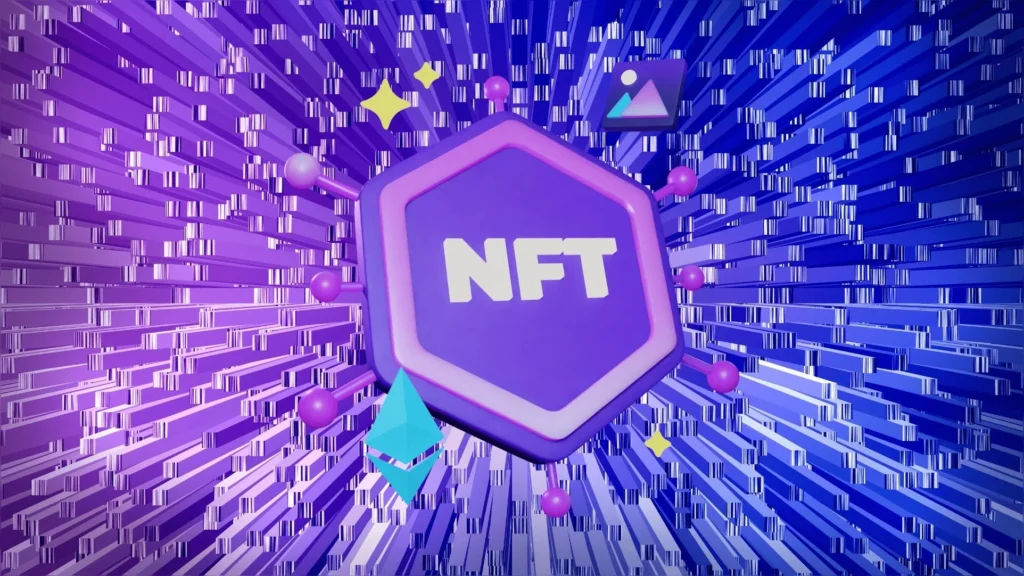
How NFTs Revolutionized Digital Art
The rise of NFTs has given artists a new platform to share and monetize their work. Before NFTs, digital artists struggled with piracy and ownership issues. Now, thanks to blockchain, artists can mint (or create) NFTs, allowing buyers to own the original piece and artists to retain ownership rights, even after a sale.
How NFTs Work
NFTs operate on blockchain, the same technology that powers cryptocurrencies. When you mint an NFT, you create a digital certificate stored on the blockchain, proving its authenticity. This process is managed through smart contracts, which automatically handle the transfer of ownership when an NFT is bought or sold.
Why Sell Digital Art as NFTs in 2024?
The NFT market has exploded in the last few years, and 2024 is seeing continued growth. Marketplaces like OpenSea, Rarible, and SuperRare are thriving, with millions of dollars in daily transactions. As more people invest in the metaverse and digital assets, the demand for NFT art continues to rise. Additionally, NFTs offer financial benefits for artists, including royalties—a percentage of sales whenever your artwork is resold.
Step-by-Step Guide to Selling Digital Art as NFTs
1. Choose the Right Blockchain
The first step in selling digital art as NFTs is selecting the blockchain where you want to mint your tokens. While Ethereum remains the most popular blockchain for NFTs, others like Solana and Polygon are gaining traction. Each has its pros and cons, including transaction fees and environmental impact. Research and choose the one that aligns with your goals.
2. Create Your Digital Art
Before minting an NFT, you need a piece of art to sell. This can be anything from a digital painting to a 3D model. Popular tools for creating digital art include Photoshop, Procreate, and Blender. Ensure your artwork is of high quality and appeals to your target audience.
3. Minting Your NFT
Minting is the process of turning your digital art into an NFT. This can be done on platforms like OpenSea, which is beginner-friendly and widely used. After uploading your artwork, you’ll set up a smart contract, which will automatically handle transactions for you. Be sure to fill in details like the title, description, and any unlockable content (e.g., a high-res version or bonus artwork).
4. Setting Up a Crypto Wallet
To sell NFTs, you’ll need a crypto wallet where you can store cryptocurrency (usually Ethereum) for transaction fees and payments. Popular wallets include MetaMask, Coinbase Wallet, and Trust Wallet. Once your wallet is set up, connect it to your chosen NFT marketplace.
5. Listing and Selling Your NFT
After minting, list your NFT for sale. You can either set a fixed price or hold an auction. Auctions are great for driving higher prices, especially if there’s significant interest in your work. Be mindful of gas fees—the cost of performing transactions on the blockchain—as they can affect your pricing.
6. Marketing Your NFT Art
Once your NFT is live, marketing is crucial for attracting buyers. Share your listing on social media platforms like Twitter, Instagram, and Discord, and engage with the NFT community. Building a network and getting involved in conversations will help you gain visibility. Collaborating with other artists or influencers in the space can also boost your reach.
Legal and Ethical Considerations
When selling NFTs, be aware of copyright and intellectual property laws. Ensure that the artwork you’re selling is entirely your own creation, and if you use elements from other artists, have the proper permissions. Additionally, consider the environmental impact of NFTs. While Ethereum has historically faced criticism for its energy use, newer blockchains like Solana and improvements in Ethereum’s technology aim to reduce environmental harm.
Monetizing Your NFT Art Beyond Sales
NFTs provide more than just initial sales; they offer long-term income through royalties. Whenever your NFT is resold, you can earn a percentage of that sale. Platforms like OpenSea allow you to set royalty rates, usually between 5-10%. This is an excellent way to ensure you benefit as your artwork gains value.
Additionally, NFTs open doors for collaborations with brands and other artists, offering opportunities to create unique collections or promotional items. Some artists also explore physical and digital hybrid models, where buyers receive both a physical version of the art and an NFT, adding extra value to their purchase.
Common Mistakes and Pitfalls to Avoid
- Overpricing or Undervaluing Your Art: Finding the right price can be tricky. Research what similar artists are charging and avoid setting prices too high for a quick sale or too low, diminishing your art’s perceived value.
- Not Marketing Effectively: NFTs thrive on exposure, so failing to promote your work can result in poor sales. Consistent engagement with the NFT community is key.
- Ignoring Security Risks: Always use secure platforms and wallets, and never share your private keys. NFT scams are on the rise, so protect your assets.
NFT Marketplaces and Platforms to Watch in 2024
While platforms like OpenSea, Rarible, and SuperRare dominate the market, new platforms are emerging in 2024. Keep an eye on Foundation, KnownOrigin, and Mintable, which offer different features and lower fees. Exploring multiple platforms can give your art more exposure and help you reach different audiences.
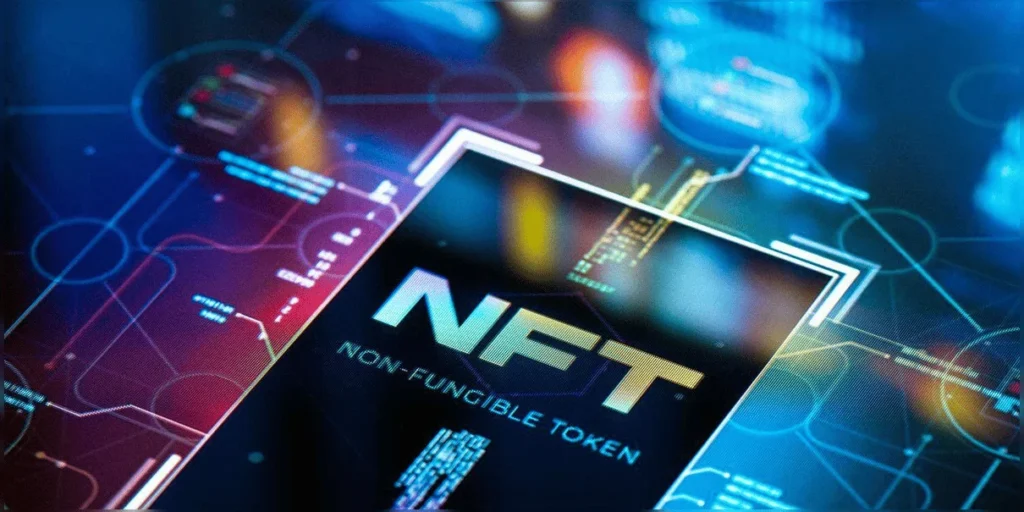
Future Trends for NFT Art
As technology evolves, new trends are shaping the NFT space. In 2024, AI-generated NFTs are gaining popularity, allowing artists to incorporate artificial intelligence in their creative process. Additionally, metaverse integration is on the rise, with platforms like Decentraland and The Sandbox providing virtual worlds where artists can sell their NFT art. Finally, decentralized, community-owned platforms are growing, giving artists more control over their work and how it’s distributed.
Conclusion
Selling digital art as NFTs offers endless possibilities for artists in 2024. By understanding the basics of blockchain, minting, and marketing, you can successfully enter this exciting space and tap into new streams of income. As the market grows and evolves, there’s no better time to start exploring the world of NFT art.

Lila is a seasoned writer at waytoactivate.com, where she crafts comprehensive guides on digital activation and technology. With a background in Information Technology and over 6 years of writing experience, Lila excels in translating complex tech concepts into clear, accessible content. Her expertise ensures that readers receive practical, reliable information to enhance their digital experiences. Follow Lila for the latest updates and tips on activating your favorite services at Instagram.

